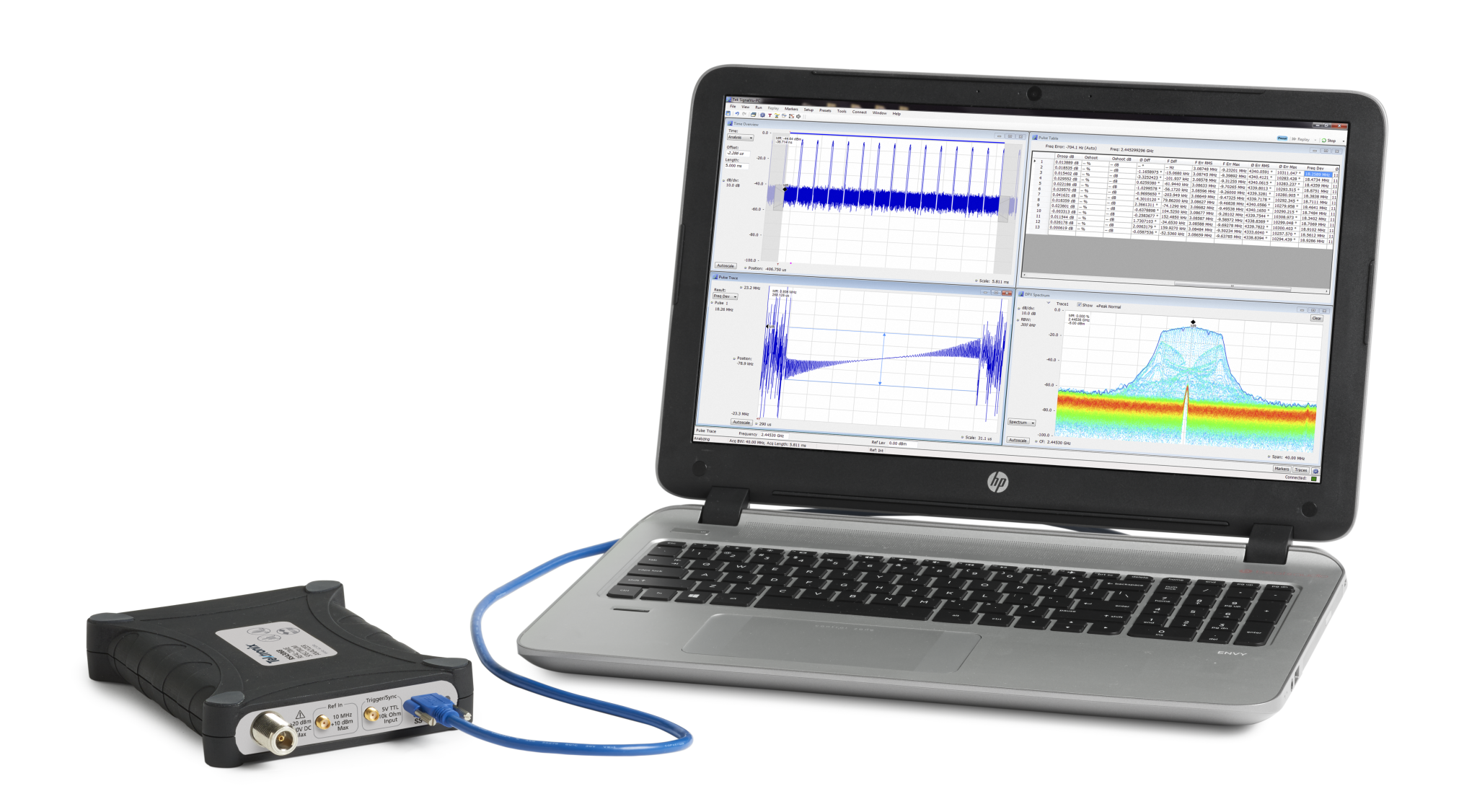Contact us
Live Chat with Tek representatives. Available 6:00 AM - 4:30 PM
Call
Call us at
Available 6:00 AM – 5:00 PM (PST) Business Days
Download
Download Manuals, Datasheets, Software and more:
Feedback
RSA306B Spectrum Analyzer Datasheet
RSA306B USB Real Time Spectrum Analyzer Datasheet
More Information
- Máy phân tích phổ USB RSA306B
- Product Support
- Explore more Software models


